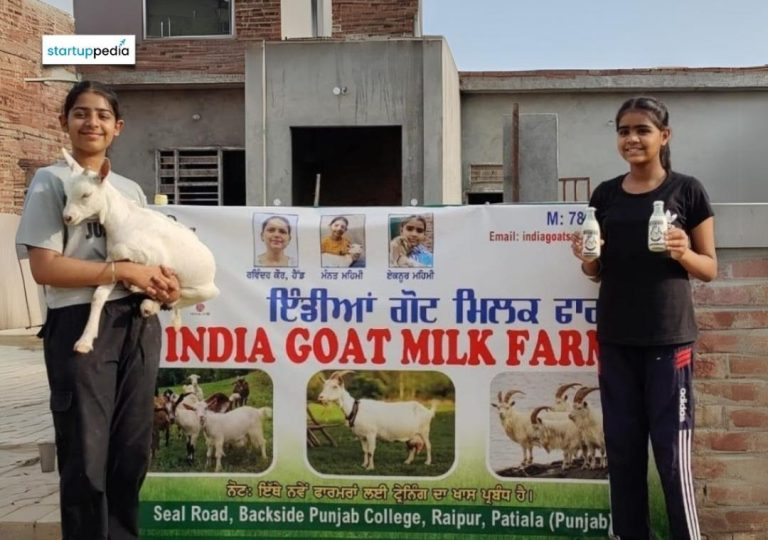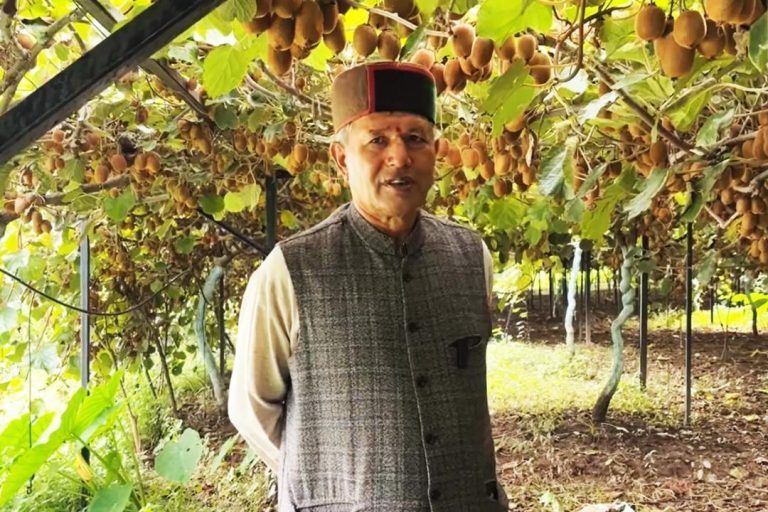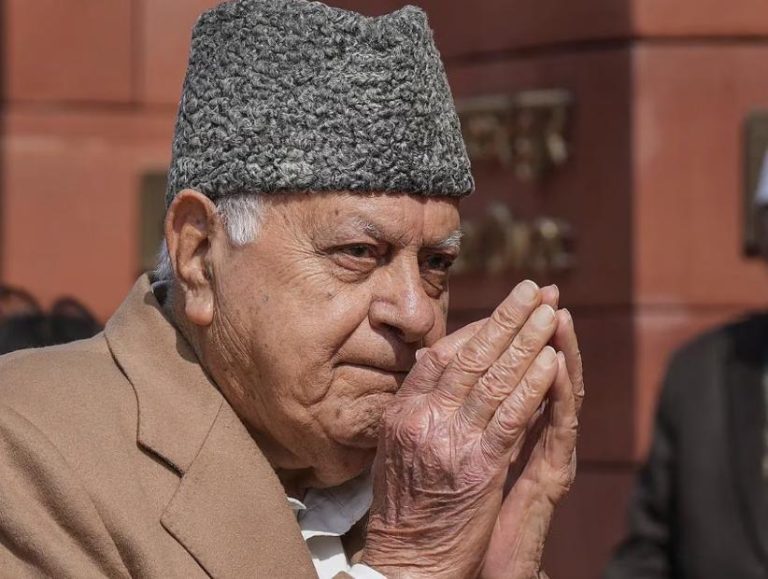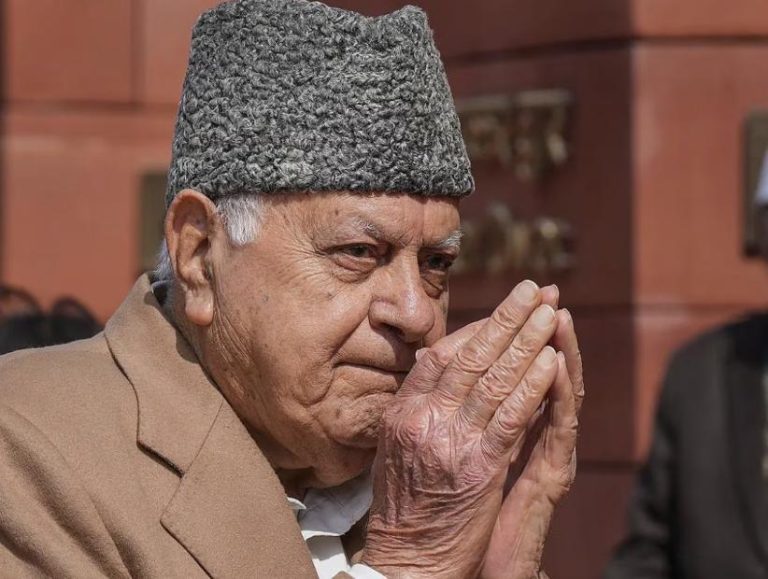
India’s New Obsessions: Quick Commerce & Short Drama Apps
The digital landscape in India has witnessed a significant surge in recent years, with various sectors experiencing unprecedented growth. Two areas that have particularly caught attention are quick commerce and short drama apps. In this blog post, we’ll delve into the latest trends and statistics surrounding these phenomena, and explore how they’re transforming consumer behavior in urban India.
The Rise of Quick Commerce
In the last fiscal year, quick commerce in India crossed ₹7,500 crore, a staggering figure that testifies to the popularity of this convenience-driven industry. What’s more, a whopping 68% of metro users are now ordering at least twice a week, indicating a clear shift towards a culture of instant gratification. So, what’s driving this trend?
The answer lies in the innovative business models adopted by delivery platforms. These companies have successfully leveraged technology to streamline their operations, ensuring that orders are fulfilled at lightning-fast speeds. With the average delivery time clocking in at under 10 minutes, consumers are no longer willing to wait for extended periods for their purchases to arrive.
The rise of quick commerce has also led to a proliferation of new brands and businesses, catering to diverse consumer needs. From fresh produce to packaged goods, and even prepared meals, the options are endless. This increased competition has, in turn, driven down prices and improved overall customer satisfaction.
The Thrust of Short Drama Apps
In a related development, short drama apps have seen a remarkable surge in popularity, with 300 million users in 2025, a 40% increase from 2023. Ad revenues for these platforms have also skyrocketed, reaching ₹2,000 crore in 2024. So, what’s behind this sudden fascination with short drama apps?
The answer lies in the engaging, bite-sized content these apps offer. Users can now indulge in a wide range of formats, from romantic comedies to thrillers, all within the span of just a few minutes. The convenience and accessibility of these apps have made them a staple in many urban Indian households.
Short drama apps have also given rise to a new generation of creators, who are producing content that is both entertaining and relatable. The apps’ algorithms, which learn user preferences and recommend content accordingly, have also played a significant role in their success.
Innovations Redefining Digital Habits
The growth of quick commerce and short drama apps has led to a fundamental shift in urban India’s digital habits. Two key factors driving this change are speed and personalization.
Speed is, of course, a critical component of both quick commerce and short drama apps. The ability to access goods and services instantly has redefined consumer expectations, and businesses are now under pressure to deliver. In response, companies are innovating at breakneck speed, investing in technology and logistics to ensure seamless experiences.
Personalization is another key factor driving this transformation. With the rise of data analytics and AI-powered recommendation engines, consumers are now being offered tailored content and services that cater to their unique preferences. This has led to a sense of ownership and belonging, as users feel that the apps are speaking directly to them.
Conclusion
The rise of quick commerce and short drama apps in India is a testament to the country’s digital prowess. As delivery platforms and content apps continue to innovate, we can expect these trends to evolve and shape the future of urban India’s digital habits.
For businesses, the key takeaway is the importance of speed and personalization. By offering instant gratification and tailored experiences, companies can capture the attention of consumers and build lasting relationships.
As we look to the future, one thing is clear: India’s digital surge is just beginning, and the possibilities are endless. With quick commerce and short drama apps leading the charge, the next few years will undoubtedly be an exciting and transformative period for the Indian digital landscape.






